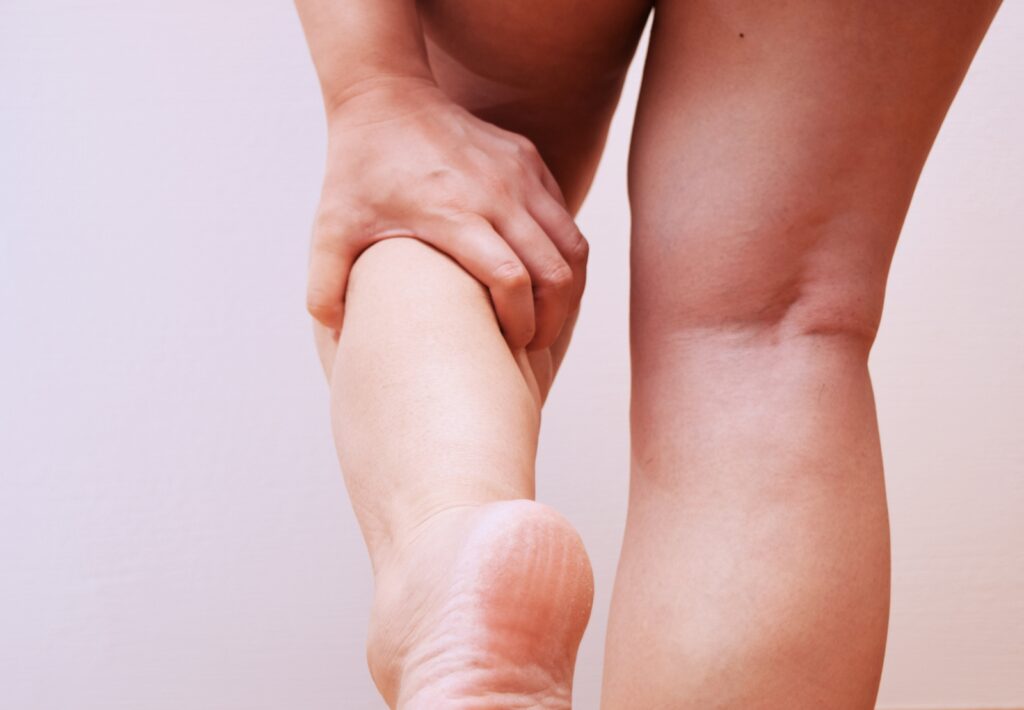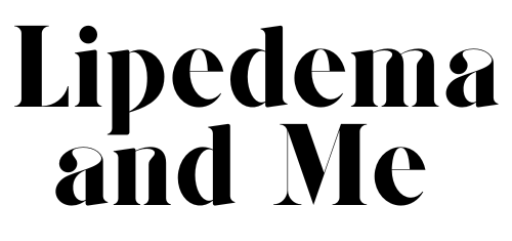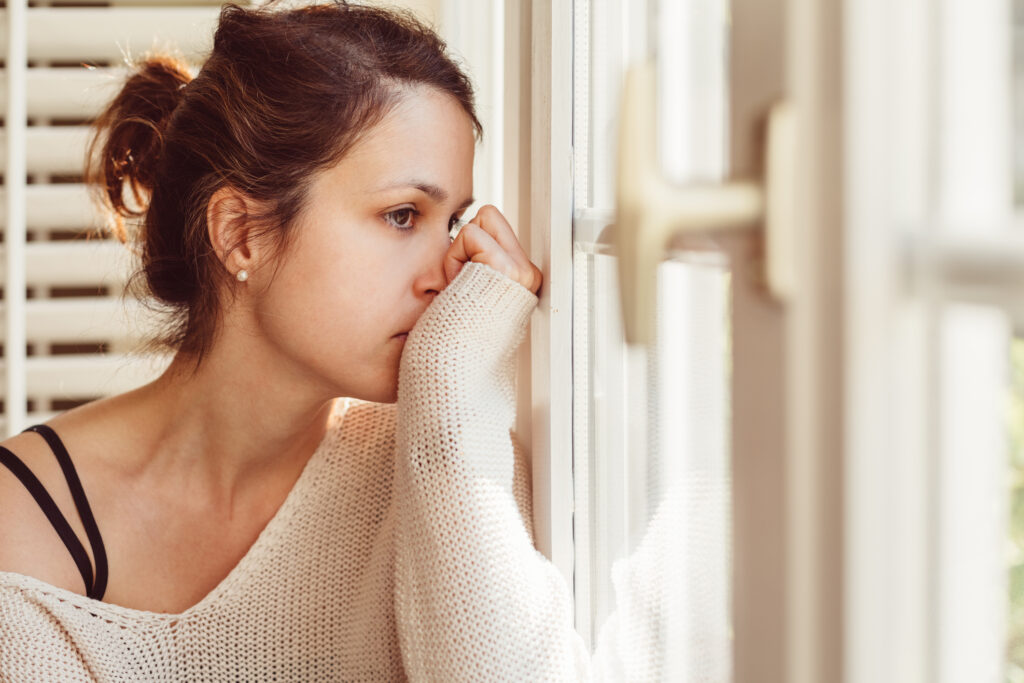Lipedema is a progressive condition often mistaken for obesity or Lymphedema. It’s defined by an abnormal build-up of fatty tissue, usually in the legs, hips, bum and arms. Some women also believe you can get Lipedema in your stomach.
One of the most challenging aspects of living with Lipedema is the pain it can cause. But what is Lipedema pain, why does it occur, and how do we manage it?
What Causes Lipedema Pain?
The pain associated with Lipedema is multifaceted. It’s not just about the weight or the swelling. Here are a few reasons why Lipedema can be so painful:
- Fat Cell Inflammation: The fat cells in Lipedema are inflamed and can be tender to the touch.
- Fluid Retention: Excess fluid can build up in the tissues, causing swelling and discomfort.
- Nerve Compression: As the fat cells grow, they can compress nerves, leading to sharp or shooting pains.
- Poor Circulation: Reduced blood flow can result in aching and heaviness in the affected areas.
Recognising the Symptoms
Lipedema pain can vary greatly among women, some don’t experience it at all. Others suffer with it daily. Common symptoms include:
- Heavy, Aching Limbs: A persistent feeling of heaviness and aching, especially in the legs.
- Bruising: Easy bruising without significant trauma, then taking a long time to fade.
- Tenderness: Skin that feels sore or tender to the touch.
- Swelling: Noticeable swelling that doesn’t reduce with elevation.

Managing Lipedema Pain
Living with Lipedema pain can be tough, but there are many conservative measures to help manage it. Here are some strategies that might help:
Compression Garments
Wearing Lipedema compression garments regularly can reduce swelling and provide support to the affected areas. They help improve blood flow and lymphatic drainage, which can alleviate some of the pain.
Manual Lymphatic Drainage (MLD)
This specialised massage technique encourages the movement of lymph fluid out of swollen areas. It can reduce Lipedema symptoms such as pain and swelling, offering much-needed relief. Make sure you find an MLD therapist who is trained in the Vodder technique.
Diet and Exercise
While diet and exercise won’t cure Lipedema, they can help manage symptoms. The best diet for Lipedema is one that is low in processed foods and rich in anti-inflammatory ingredients. Lipedema workout strategies, such as swimming, walking and pilates, can also help maintain mobility and reduce discomfort.
Professional Support
Seeing a Lipedema specialist who can provide tailored advice and treatment options is vital. They may suggest interventions like Lipedema Reduction Surgery, which can reduce pain and improve your quality of life by removing some of the heavy, fibrotic tissue.
Emotional Impact
The physical pain of Lipedema is often accompanied by emotional distress. It’s essential to address the mental health aspect of living with a chronic condition. Lipedema forums, counselling and talking to friends and family can help.
My Experience with Lipedema Pain
I first started with Lipedema symptoms when I began taking the contraceptive pill aged 15. However, I didn’t know what it was until I was 30 and it had progressed to stage 2 Lipedema in my lower legs.
Up until my late 20s, I didn’t experience any pain symptoms. But I did always have a heavy, aching feeling in my legs, especially after standing for long periods or in the heat. Unfortunately, this had become the ‘norm’ for me so I didn’t realise that anything was wrong.
As my legs progressed and the Lipedema fat around my knees became more pronounced, I started with stabbing pains in my legs regularly. It reached the point that I could no longer carry out certain exercises I’d always loved, such as spin classes. This is when I knew something was wrong and I began researching Lipedema surgeons.
So, what is Lipedema Pain?
Lipedema pain is a complex and challenging symptom of a very misunderstood condition. By understanding its causes and exploring various management strategies, us women who suffer from Lipedema pain can find some relief. Remember, you’re not alone on this journey. Read about how my Lipedema journey began. Seek support, explore treatment options and focus on your physical and emotional well-being. My inbox is always open.
If you have any thoughts or experiences with successfully managing Lipedema pain, feel free to share them in the comments below. Your insights could help someone else navigate their journey with Lipedema.
Disclaimer: My blogs talk about Lipedema, diet, surgery and much more. I’m talking from my point of view to help women, and remind them they are not alone. I am not a medical professional, so the content above is from my own perspective with research I have done into the topic. It’s not meant as medical advice, you should always consult your doctor or a specialist for both your diagnosis, and a treatment plan.
You may also be interested in:
❓ Frequently Asked Questions
What kind of pain does Lipedema cause?
Lipedema pain is often described as aching, heaviness, tenderness, or a bruised feeling. Many women also report sensitivity to touch and burning sensations in affected areas.
Is Lipedema pain constant?
Not always. Pain can be constant for some, while others experience it during flare-ups triggered by standing for long periods, hormonal changes, or physical activity.
What helps relieve Lipedema pain?
Compression garments, lymphatic drainage massage, anti-inflammatory diets, and gentle exercises like swimming or walking can help reduce pain and swelling.


I believe that I have lipedema. I am having trouble getting a diagnosis, so am researching on the internet. I’m now in a wheelchair and on ozempec and have taken synthroid for hypothyroidism all my life. This winter the pain has progressed to not just nerve pain but very sensitive skin. So much so that it’s hard to do things, even just deciding what to wear that won’t hurt.
My question is what do you recommend I do now? I live in Northern Alberta
and have limited access.
I live in the western suburbs of chicago and woukd love to fond a specialist to help with mine.